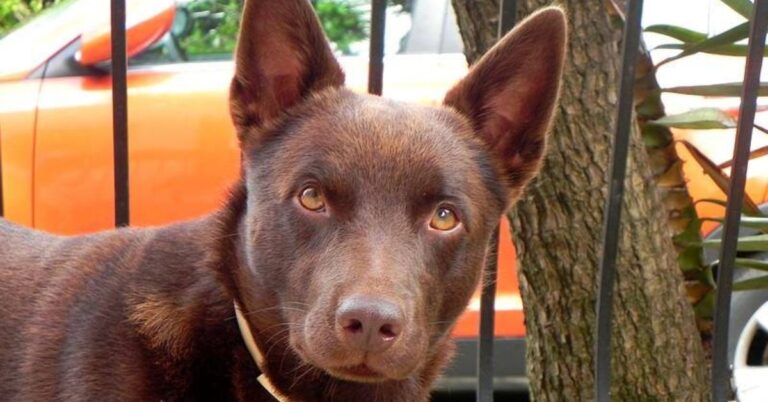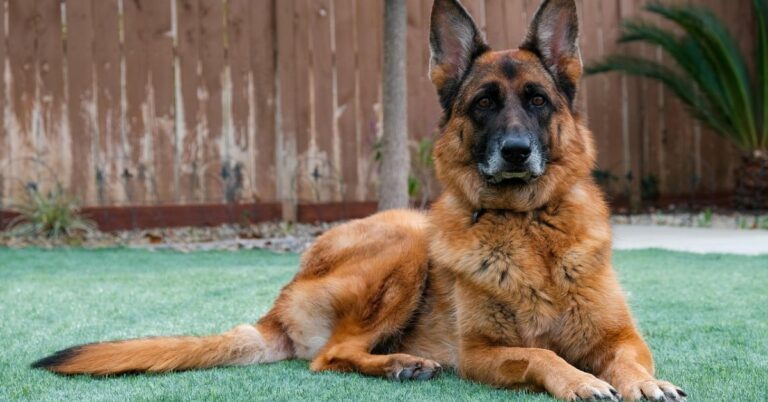10 Reasons Dogs Keep Returning To The Same Grave

They’re not just being dramatic or spooky—dogs have their reasons. When one keeps trotting back to the same grave, it’s not just habit, it’s heart. Something powerful pulls them in. Think instincts, smells, memories, and bonds that don’t quit, even after death. Let’s sniff out what’s really going on.
Scent Recognition Keeps Dogs Near Graves
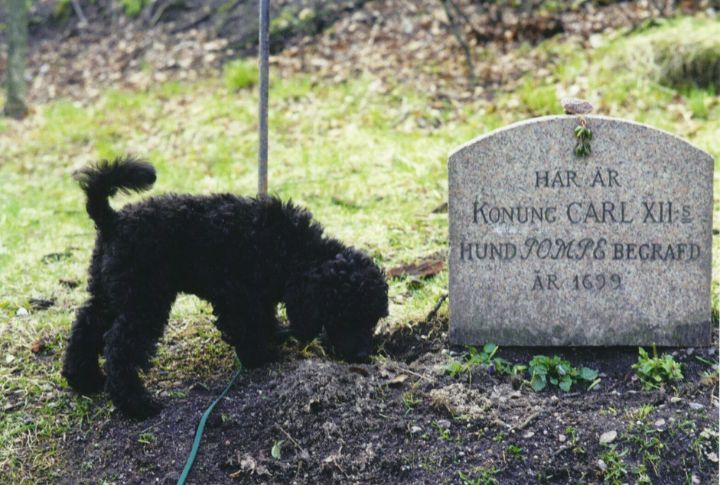
A dog’s bond doesn’t fade with silence or time. Even after burial, many can still detect their owner’s scent near the grave, faint but familiar. That lingering smell offers closeness and guides some dogs back again. This isn’t confusion, it’s loyalty.
Scent Recognition Keeps Dogs Near Graves (Cont.)

In fact, each time a dog returns, it refreshes that scent memory. Shifts in weather or soil can release new layers of smell tied to their person. Those subtle changes reignite emotional recognition, making the grave feel less like loss and more like presence.
Grief Behaviors Tie Dogs To Graves
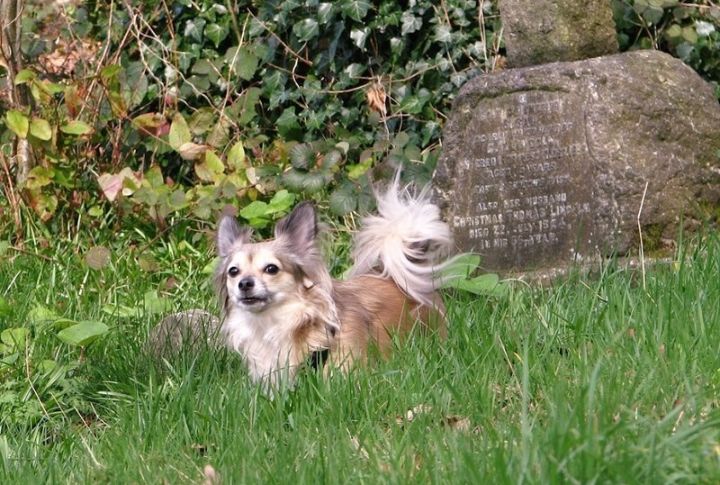
Dogs usually mourn in unmistakable ways and refuse to leave the grave, losing energy, or howling into the quiet. These reactions may raise their heart rate when reminded of their person. In those moments, a familiar blanket or presence can offer calm.
Grief Behaviors Tie Dogs To Graves (Cont.)

Some dogs even avoid food or ignore toys they once loved, showing how deeply loss alters their routines. Others isolate themselves near the grave, reacting quietly to absence. These withdrawn behaviors reflect emotional pain that doesn’t always appear loud but runs just as deep.
Routine Memory Anchors Dogs To Graves

It usually begins on the funeral day, when a dog visits with the family. Returning alongside a loved one a few more times builds a habit. That shared routine becomes fixed, so the dog starts returning alone, following the same pattern.
Routine Memory Anchors Dogs To Graves (Cont.)

The visits soon become ritual—familiar steps, familiar place. Even without fully grasping death, dogs cling to what was shared. Their loyalty echoes in routine, where memory replaces scent, and presence is felt through absence.
Oxytocin Bonds Draw Dogs To Graves
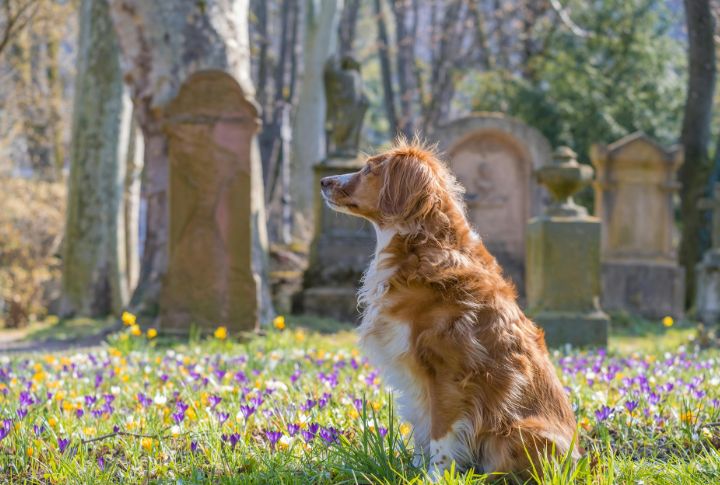
Just imagine a bond so deep it lingers long after goodbye. Oxytocin, the hormone behind that closeness, grows through shared moments and eye contact. In dogs, it creates lasting emotional ties. After the loss, graves often awaken that connection.
Oxytocin Bonds Draw Dogs To Graves (Cont.)

Most importantly, touch or sound isn’t needed for the connection to stay strong. The hormone builds emotional memory through everyday closeness. Visiting the grave stirs that same feeling, not as a thought but as something felt deeply, as if the connection never truly ended.
Sense Of Duty To Departed Owner
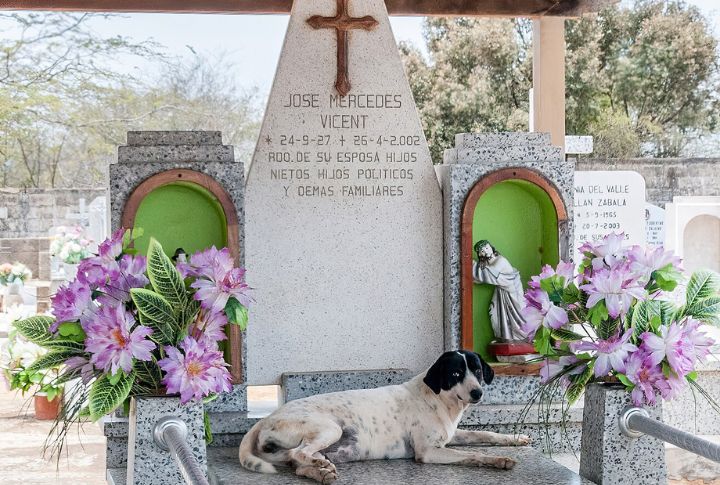
Certain dogs show a strong sense of responsibility by staying near their owner’s grave. This deep commitment, much like that of service dogs, can be so intense that the dog must be physically removed. Understanding this helps families support grieving pets with compassion.
Sense Of Duty To Departed Owner (Cont.)

However, not all loyalty comes from training. Certain dogs build their own quiet code through daily habits like walking beside their person, waiting at doors, or watching over them during rest. After a loss, those roles don’t vanish, and staying at the grave feels like keeping watch.


